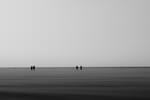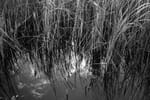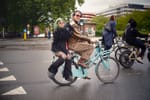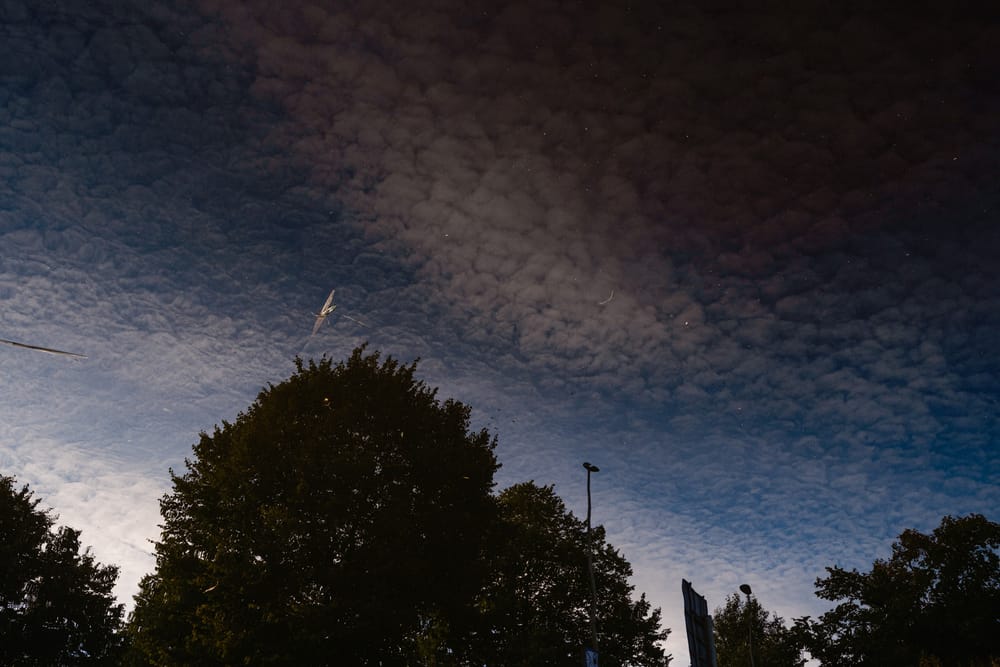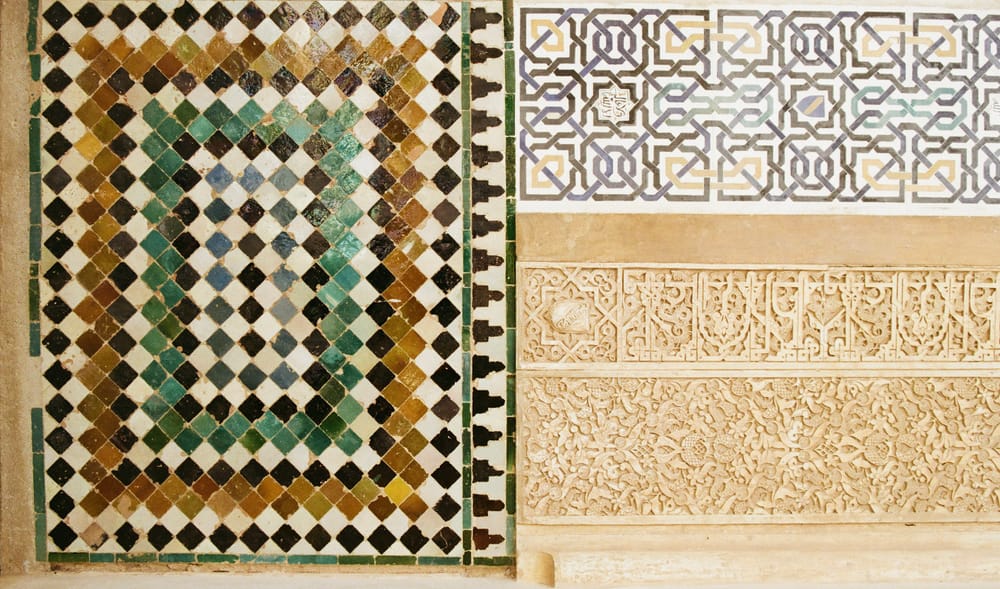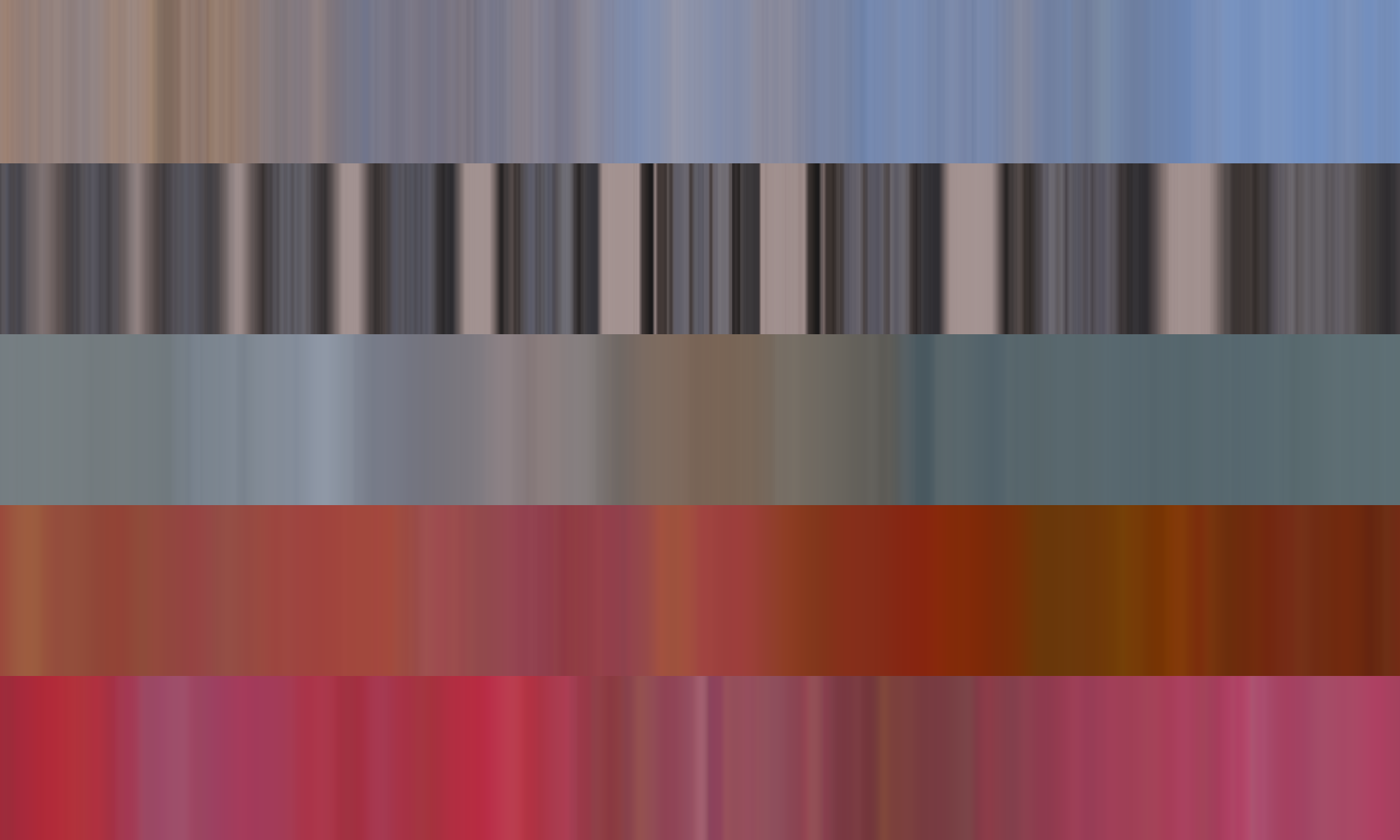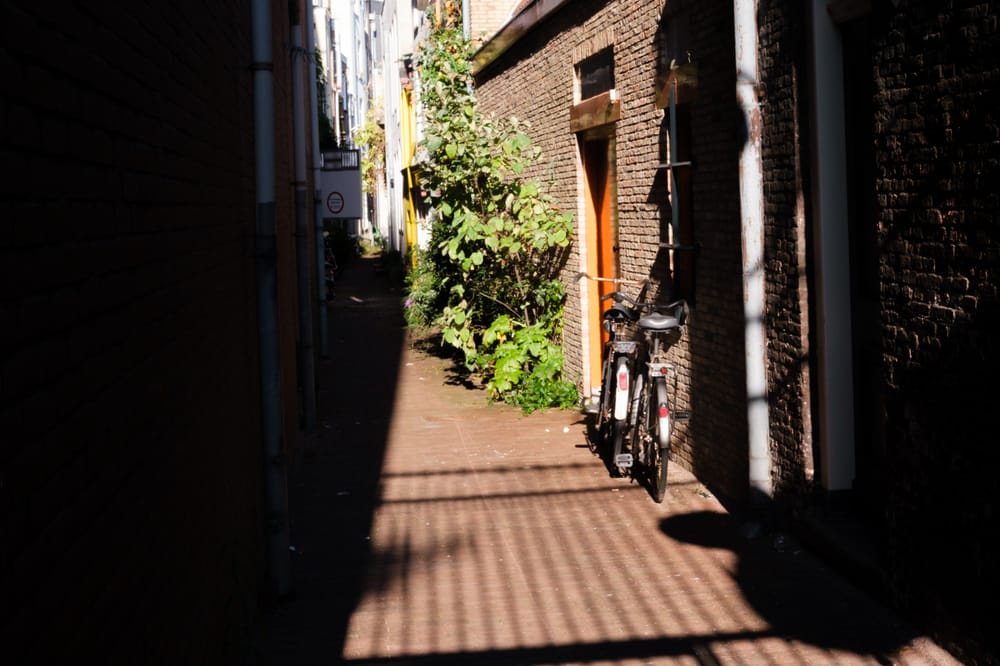Hello dear reader!
Welcome to another issue of this newsletter. This week I want to talk about side projects, and experimenting with new ideas. To break up the text, I’ll include some photos from the archive.
In this issue:
- Why small side projects matter
- Lessons I’ve learned from experimenting across architecture, coding, and photography
- How curiosity connects different parts of a creative path
In my experience, growth rarely comes from one big plan. It comes from a collection of different experiments and experiences we allow ourselves to try. A side project here, a collaboration there, a little spark of curiosity after reading something. Over time, the small steps start becoming a pile of something beautiful, a pile of our different interests, driven by our own curiosity.
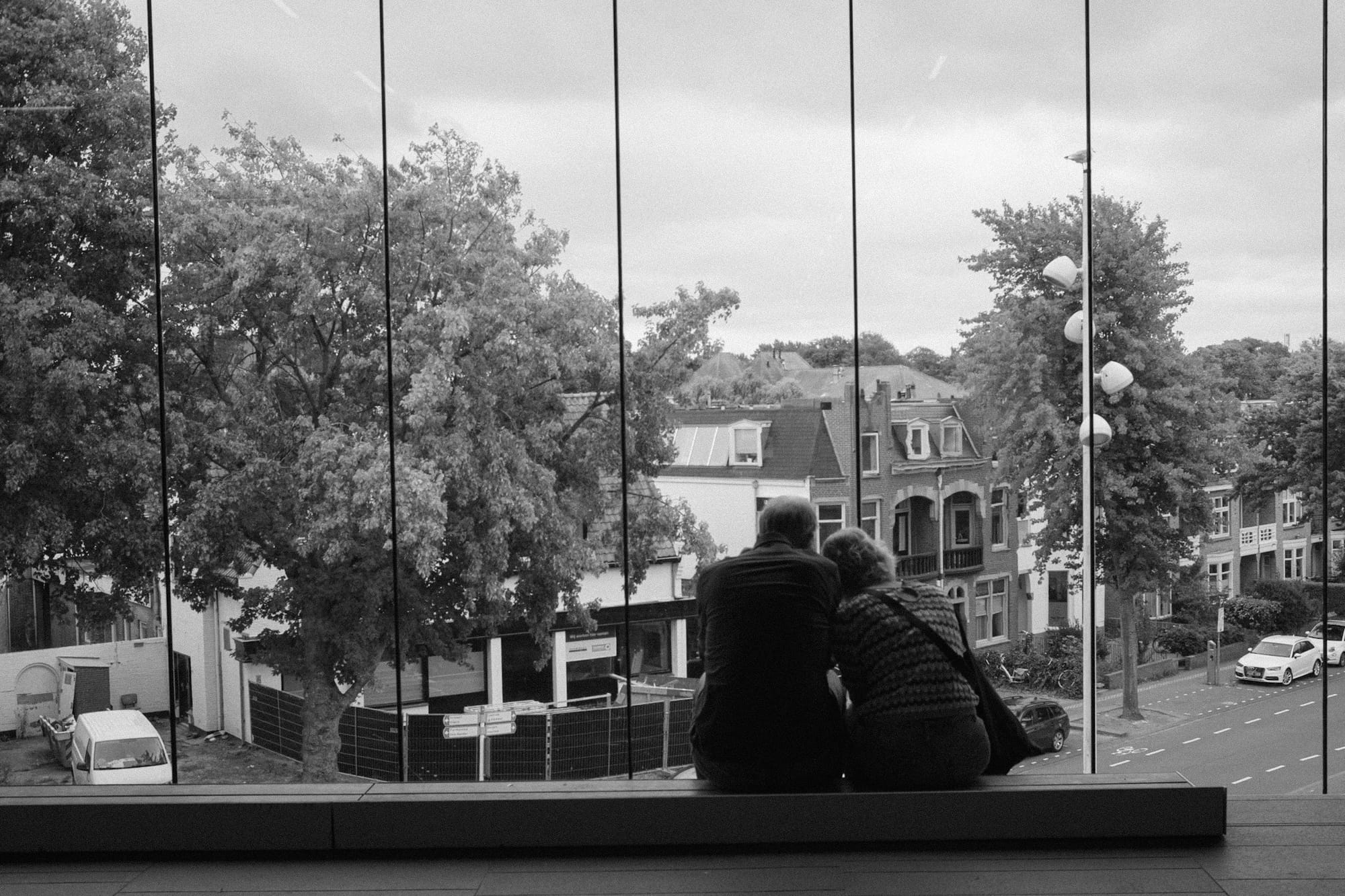
Looking back at my own path, I see this pattern everywhere. I am trained as and architect, and fore some years I co-ran an architecture office with a good friend, we experimented with design, construction, and urban interventions—you can see a render of one of the interventions bellow. Later, as my curiosity drove me back to academia, I discovered networks and used them to analyze urban transport and sustainable mobility, which led me into the world of data and coding. Photography, along the way, has been a tool to document the process, and recently, it has become a creative practice that I now can’t imagine living without. For sure, none of this was part of a neat, linear plan. It was a series of curiosity, and projects, that opened doors I didn’t expected.
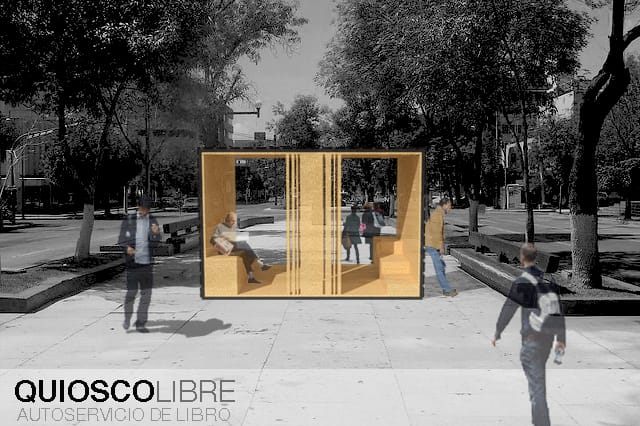
Starting small projects
The beauty of side projects is that they don’t need to be complex, or big to matter. Some of my earliest experiments with Python were simple tools to read a text file and solve a small problem. Others were using an Arduino to turn a led turn if the temperature was above certain threshold; and recently taking photos one morning in a single intersection. Even the architecture office I co-founded with a friend began as a small idea while we were finishing university.
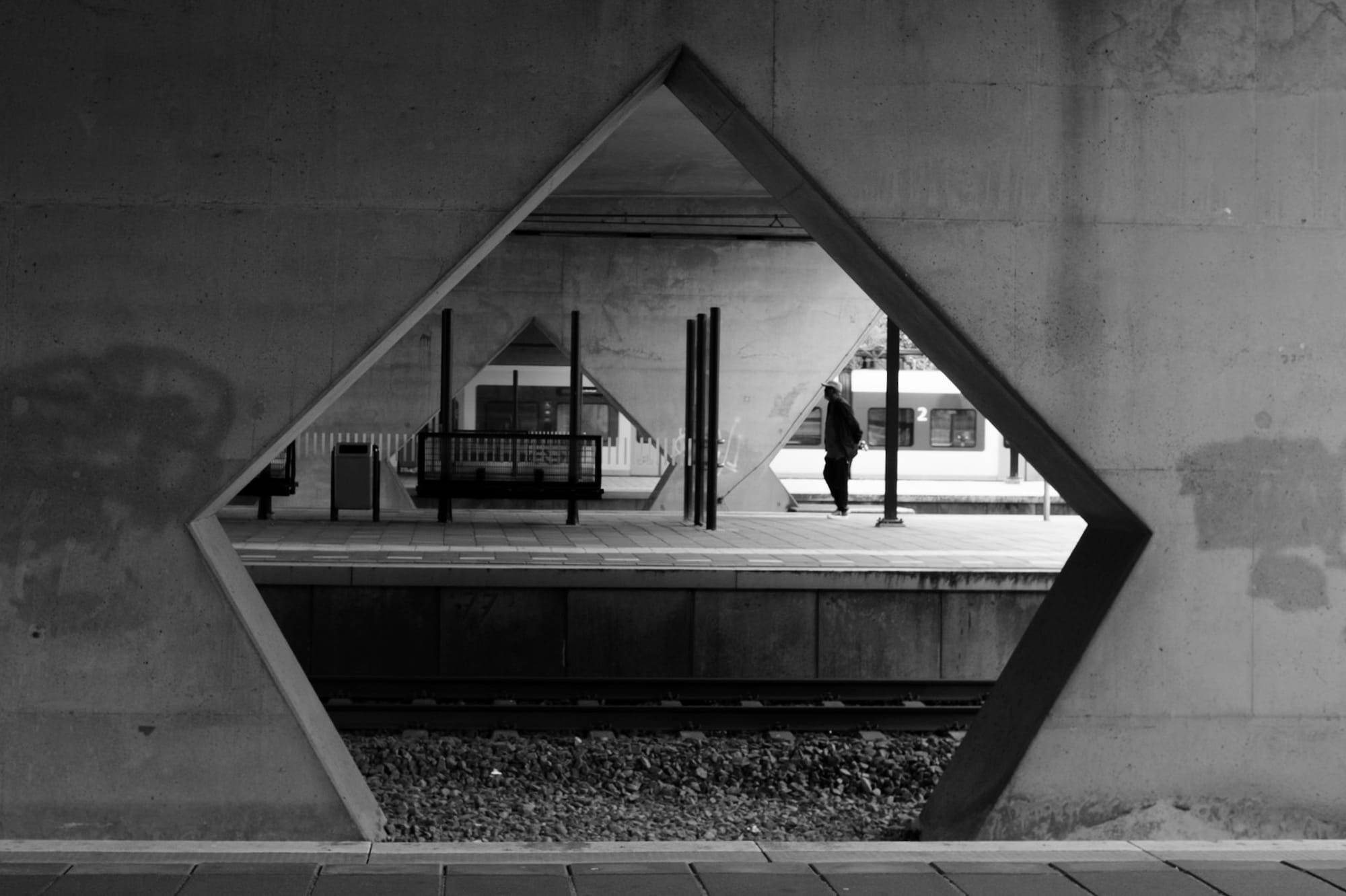
One thing that all these little projects have in common, is that they thought me more than I realized at the time. They gave me confidence to start new things, to experiment, and not be afraid to fail. They showed me that progress comes from doing, not overthinking. Plan, execute, adapt.
Learning through experimentation
The best part of experimenting is the freedom it gives you, it enables us to explore, test and play. Some of the technologies that I now use on my daily work -like Django or HTMX- were things I first tinkered with on side projects. Photography started as a way to capture daily moments and trips, and it has become a way to understand cities, to capture interactions, and even, combined with coding, as a new tool to understand the built environment.
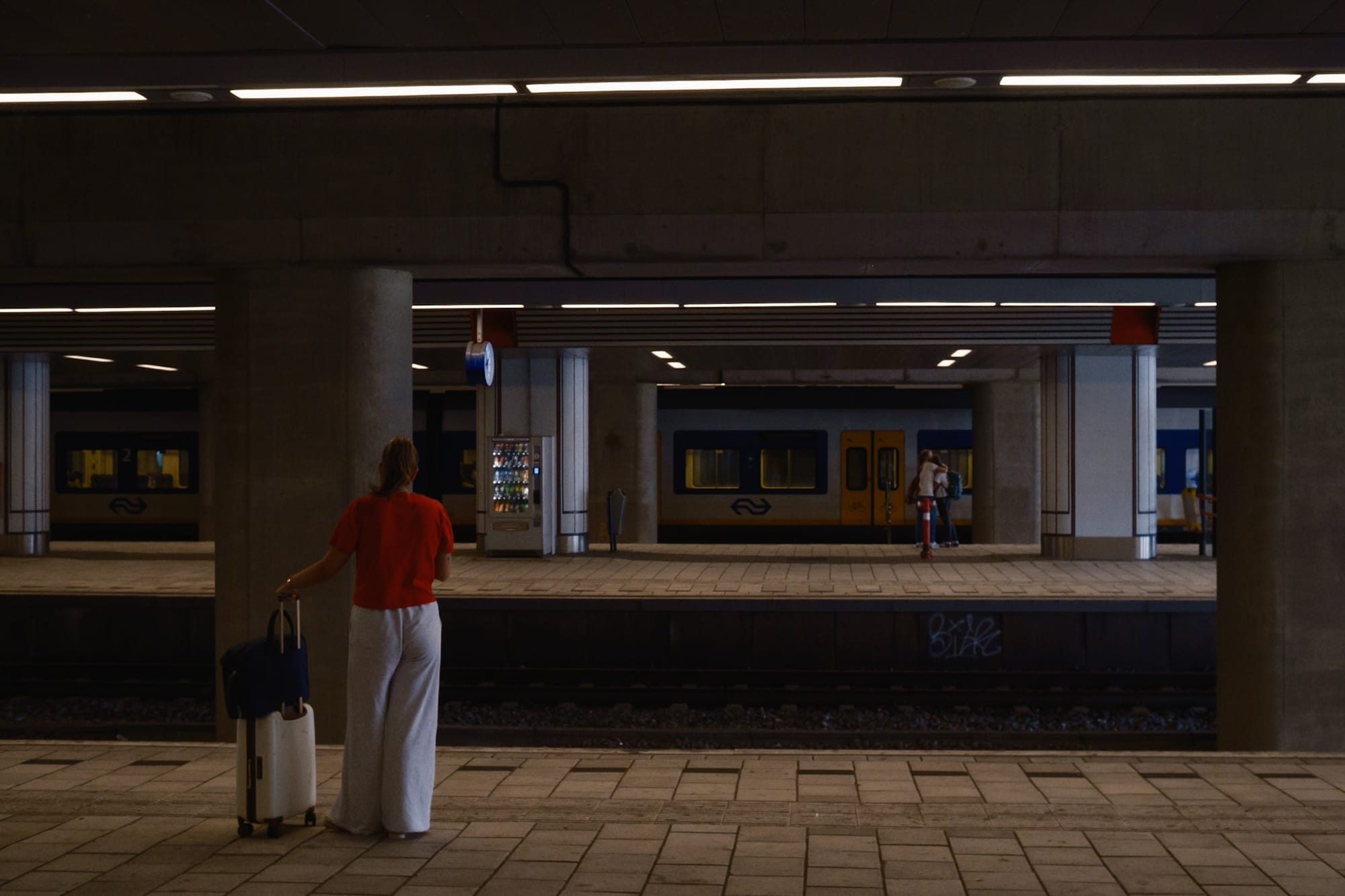
Most of these experiments began with simple curiosity. There was no big plan. Yet, they ended up shaping both my creative and professional work.
Connecting the dots
If you see all the pieces of my trajectory —architecture, academic research, coding, photography, and communication— they don’t seem connected at first. But over time, they form a network. My training as architect taught me how to see space and was my first approach to cities. My academic research background taught me how to analyze cities, and use data. My photography helps me capture the human side and rhythms of the city. And finally, my coding skills allow me to build tools to make my ideas tangible. Each experiment, along my career, has been adding something to each layer. Together, they shape the way I see and create.
If there’s something I have learned, is that no experiment is wasted. The projects that might have seem small or insignificant have become seeds of something else.
If you’ve been sitting on an idea, start small. Experiment and play with it. You don’t need a big plan to begin, you just need a bit of curiosity and take the first steps. The rest will connect in time.
That’s it for today! If you enjoyed this issue, share it with a friend! Know someone starting a side project? Send it their way, it might inspire them too. Do you have a side project? Let me know!
Luis
